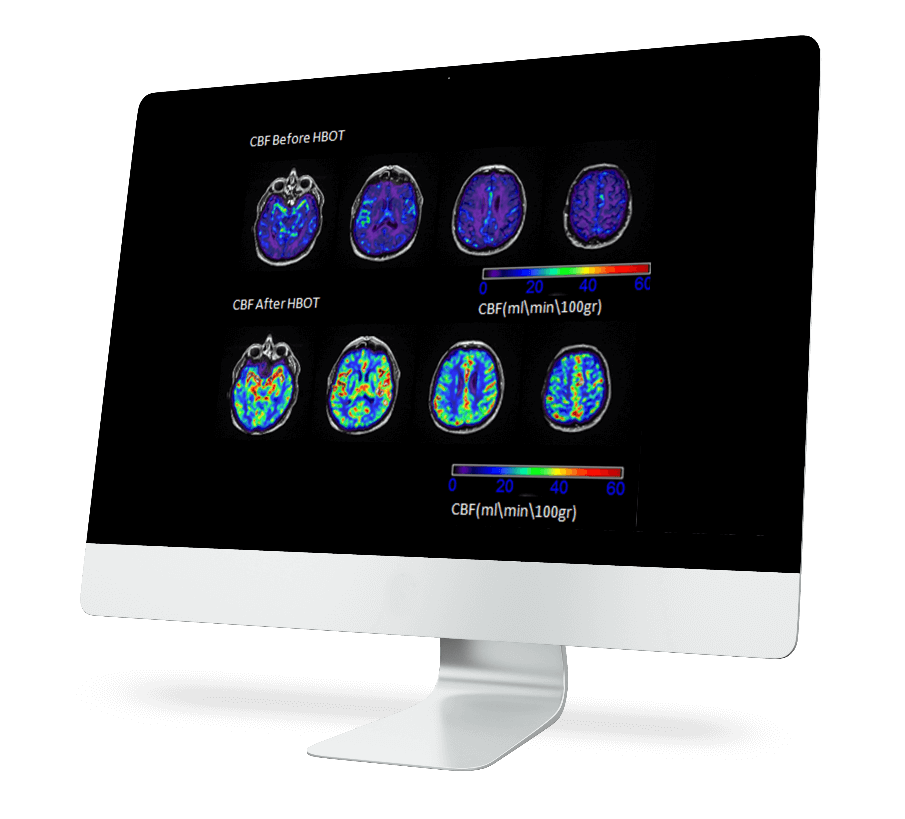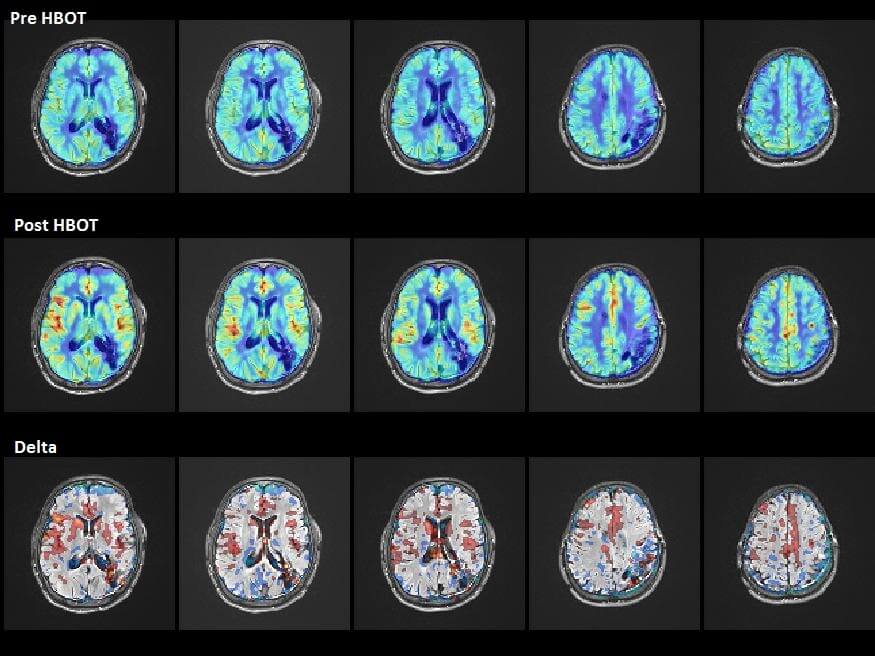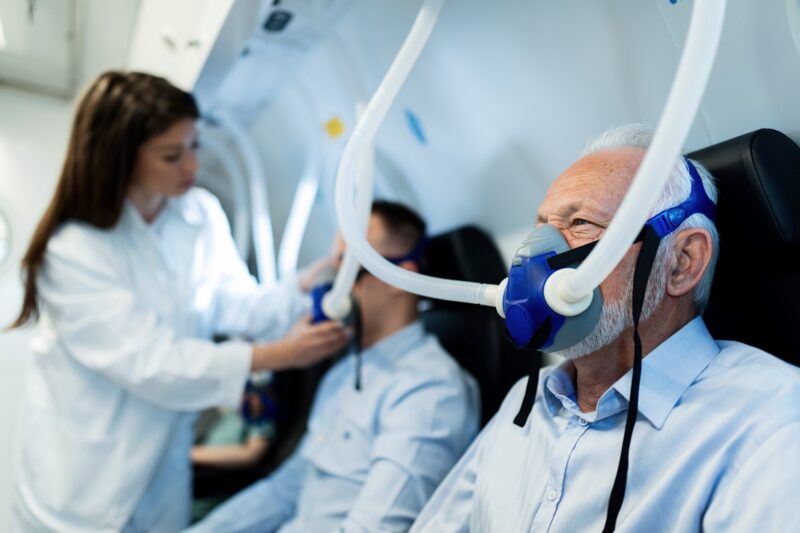The leading cause of long-term disability in the United States is not a bone disease like osteoporosis or even chronic conditions such as diabetes or heart disease. Instead, that distinction goes to the killer of more than 140,000 people each year; stroke. Nearly three-quarters of all strokes occur in people over the age of 65. The risk of having a stroke more than doubles each decade after the age of 55.
Around 87% of strokes are ischemic strokes, which are caused by a blockage of blood flow to a certain part of the brain. Although acute therapy has improved significantly in recent years in the form of blood clot removal by intravenous drugs or mechanical expulsion, most patients suffer from long term disability. Disabilities can include paralysis, speech difficulties, sensory impairments, visual deficits as well as cognitive dysfunction.
Thus, extensive rehabilitation is usually required for patients who have suffered a stroke, but the available therapies are steadily changing as new, innovative options become available.
Enter HBOT
One of those new therapies comes in the form of hyperbaric oxygen therapy (HBOT), an innovative treatment which has been shown to have significant impact on brain rehabilitation in patients suffering from disabilities following stroke.

A study published in the peer reviewed journal PLOS One revealed that HBOT holds promising results for stroke patients. A key element of the findings was that all of the patients were in the “late chronic phase,” or in other words, they had suffered a stroke between 6-36 months beforehand.
Patients were given 40 HBOT sessions over a two-month period with all of them showing significant improvement in neurological functions that go hand-in-hand with quality of life measures. Neurological changes could be as drastic as the restoration of the ability to talk, write or read, as well the motor function of a paretic limb. The treatment also improved the ability to perform activities of daily life. For example, patients who needed help bathing and getting dressed were able to do these things on their own by the end of the treatment.
The patients were assessed using brain metabolism imaging (SPECT) to examine brain activity. The results of the study indicated that in addition to the neurological improvement following HBOT treatments, brain metabolism lesions in the SPECT had disappeared.
These brain metabolism lesions reflect “stunned” areas which suffer from a lack of oxygen supply due to damaged blood supply from the stroke, which reduces neuronal activity and functionality.
The changes in SPECT images after HBOT demonstrate that the procedure led to a regeneration of activity in those stunned areas, where the medical term is called neuroplasticity. The study determined this “implies that increasing the plasma oxygen concentration with hyperbaric oxygenation is a potent mean of delivering to the brain sufficient oxygen for tissue repair.”

In other words, HBOT’s high oxygen, high pressure environment is a powerful method of providing sufficient oxygen to aid the brain in rehabilitation and healing. The study shows that restoration of brain function is possible as neuroplasticity can be improved long after the stroke event.
